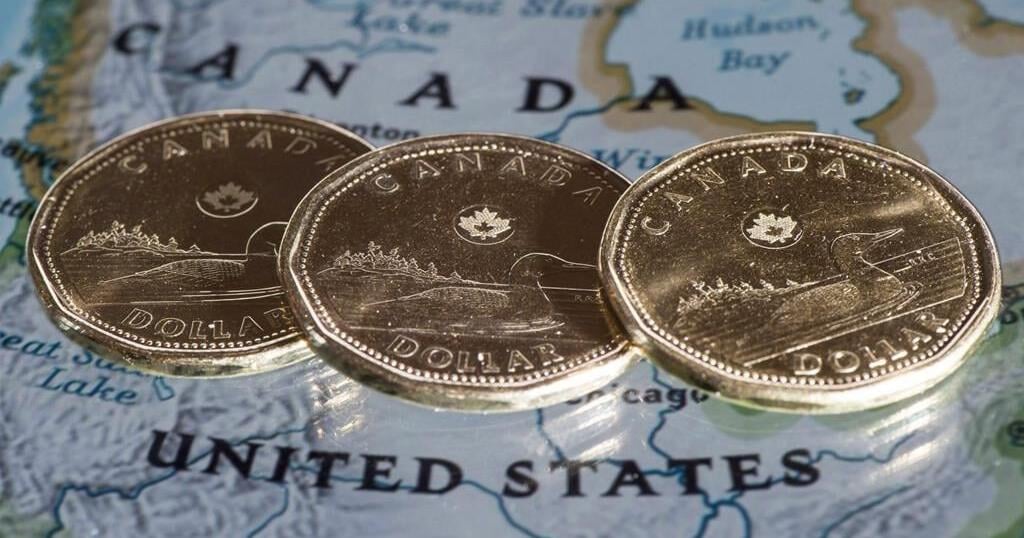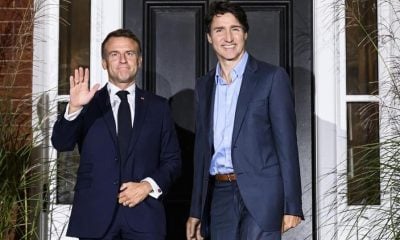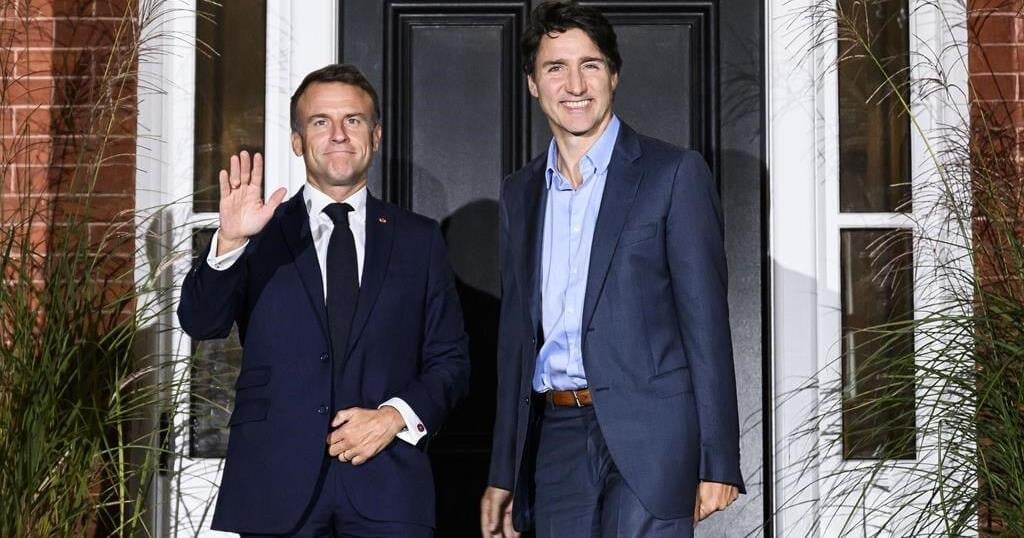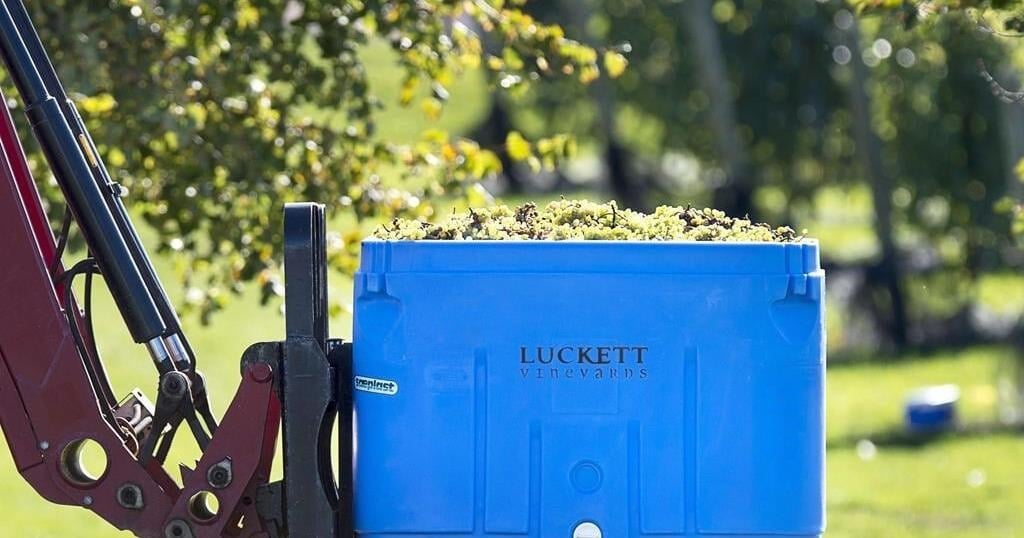For Richard Khairov, a shopping trip to the U.S. is a short drive — two hours or less — from his home in Richmond Hill, Ont., just north of Toronto.
It’s worth the time: Khairov says he can buy many products he can’t find in Canada, and in some cases, he is able to save money even with the loonie worth about three-quarters of a U.S. dollar these days.
He’s an organized shopper, planning his trips to Trader Joe’s and Target ahead of time by checking prices and promotions online.
And while outlet fashion stores don’t usually have price information online, Khairov makes sure to pull out his smartphone to check the current exchange rate when he spots a deal.
“Even with the currency exchange rate, it’ll still end up being cheaper,” he said.
Khairov has a Scotiabank Passport Visa with no fees on foreign exchange, which helps him save as well. He also fills up on gas south of the border, where it’s usually cheaper.
He recommends planning your shopping trip ahead of time and making a budget in order to get the most out of a cross-border trip.
However, he also says it’s important to have fun — ideally, making the trip with friends or family and treating yourself to things you can’t get in Canada.
“You kind of make a day out of it.”
In 2023, about 9.5 million people took a same-day trip to the U.S., according to Statistics Canada, for leisure, visiting family and friends, work or shopping.
The loonie’s value compared with the U.S. dollar fluctuates over time and typically tradesat a discount, though there were times in the past when it’s been near the same in value. Over the past month, the average exchange rate has been 1.37, according to the Bank of Canada, meaning one Canadian dollar is worth about 73 cents U.S.
Often, cross-border shopping is more about finding products or items that aren’t available in Canada, especially since the current exchange rate makes it harder to get a bargain, said financial planner Janet Gray.
Many Canadians cross the border to shop at places like Trader Joe’s and Target, stores that Canada doesn’t have.
But there are also discounts to be found on some items despite the exchange rate, said Gray, and some of them are unexpected — winter tires and even veterinary care can be cheaper in the U.S., she said.
“There’s so much more stuff(in the U.S.) that you cannot possibly imagine that you would have here,” Gray said.
“It’s a little bit of a treasure hunt.”
If you shop over the border often, it can pay off to have a U.S. credit card or a card with no exchange-rate fees like Khairov has, Gray said — and if you go with the former, you can try timing your credit card payments with the exchange rate to save a little more.
If you’re shopping in the U.S., you need to always factor in the exchange rate, any duties or taxes you may have to pay, and any credit card fees for paying in a foreign currency, she said.
The Canada Border Services Agency says shoppers who have been in the U.S. for fewer than 24 hours don’t have any exemptions on duties or taxes. If you’ve been away for more than 24 hours, there is an exemption for goods worth up to $200, excluding tobacco and alcohol. After 48 hours, the exemption rises to $800.
However, there are no duties on goods imported for personal use, as long as they are labelled as being made in Canada, the U.S. or Mexico, or have no labelling indicating they were made somewhere else, said CBSA spokeswoman Karine Martel in an email, confirming that this could include groceries or clothing. But most goods imported for personal use will still be subject to certain taxes, she added.
Researching deals ahead of time and setting a budget that includes potential costs at the border can help you not spend too much, noted Gray. You can even take out cash to help yourself stick to that budget.
As you plan your trip, look for stores that cater to Canadians, she added, with discounts — for signing up to a newsletter or loyalty program — that often offsets the exchange rate.
“Sometimes you can show up in person and show them your driver’s licence or something and then you get a discount that’s worth your while.”
Some people get things shipped to a P.O. box or a friend in the U.S. and then pick it up to save on costs or to get items that don’t ship to Canada, added Gray.
Deb Chantson is one of those people. She lives in Metro Vancouver, just a 40-minute drive from the border, and has a P.O. box in the U.S.
She often orders specific items she can’t get in Canada, items that would cost too much to ship to Canada, or items that are significantly cheaper in the U.S. And when there are several packages ready to be picked up, “we make it a big day,” she said.
The P.O. box itself is relatively affordable, said Chantson. Per year, it’s just US$15, plus another three or four dollars per package.
Some things are actually cheaper in the U.S., while others aren’t, said Chantson — it’s all about doing comparisons using the exchange rate, the P.O. box cost and potential shipping costs.
One cost that many might not think of is the cost of mobile roaming, said Gray. Phone companies will charge a certain amount per dayto use your cellphone in the U.S. But you could pay less by buying an E-SIM for the trip, she said.
You should also plan for any tolls on your route there and back, said Gray.
She also recommends having travel insurance even for short trips, because one accident or illness can rack up a huge bill.
“It’s not as expensive as people think,” she said.
This report by The Canadian Press was first published July 11, 2024.
































